|
And just like that, they started to leave... It has been a fast and furious season. With most of the nests hatching first time round, the chicks fledged in what seemed like record time. Barring some sand-blow covering a few nests it has been a remarkably benign season, richly deserved after recent years. Consequently, the birds are leaving promptly having grown to an age where they can fly and follow their parents. It is rare though that any are seen away from Gronant on their migration, so when Robin Sandham and Marc Hughes found a flock of 8 on Colwyn Bay beach on 22nd Jul it was a notable occurrence and they took a closer look. The excellent series of photos below were taken by Marc (@Marcbuzzard on twitter). Of the 8 birds, 5 were juveniles and the other 3 adults. One each of the juveniles and adults were colour-ringed showing they were from Gronant. Without the colour-ringing programme we could only speculate where they came from. The adult's code was XXX which means it was caught as an adult on a nest in 2018 but we don't know how old it was as it didn't have a metal-ring applied as a chick (there's always some that manage to hide from ringers!). It was DNA analysed for sexing so we know it was a male. The other colour-ringed bird was a juvenile with the code UJE applied just a few weeks ago. It too will be DNA analysed but we haven't heard back yet.
It was fascinating to see that the youngsters still get fed by parents once they have left Gronant. They will likely migrate in family groups all the way to Africa where the youngsters will become more effective at fishing for themselves. For now, if you still haven't seen Little Terns at Gronant this year you don't have long left. The best time is the hour or two before high tide. From Thursday onwards the site will start to be taken down but wardens will still be on site to speak to for a while yet.
29 Comments
The weather has improved lately and this is good timing for the chicks which now roam the beach and dunes at Gronant. Around 250 chicks have been metal-ringed this season, by far the highest ever, hopefully a sign of good things to come. A lesser number have also been colour-ringed for future resightings. At present the chicks are anything but easy to spot, sensible really. See the photo below for one hiding in the prickly Sea Holly for safety. The next couple of weeks will be crucial for those chicks to make it to fledging without being predated or affected by bad weather. There was hushed rumors today that the first chick had fledged, when it was seen to take a short flight down the beach. Great news! There is always a flip side and that is that the Kestrel was seen to take a chick to feed on in the dunes. We are putting out food on the diversionary feeding station for the Kestrel which is working to some extent but not always and we need volunteers to come and do a predator watch in case it comes back. Please please please consider popping down for an hour or two to help out over the next couple of weeks.
Finally, the dunes are a riot of colour at the moment, largely thanks to the thousands of Pyramidal Orchids which have spring up from the sand. This makes the walk down to the colony all the more enjoyable, we've had just as many comments about the plants as the birds lately! |
AuthorHenry Cook Archives
March 2022
Categories
All
|
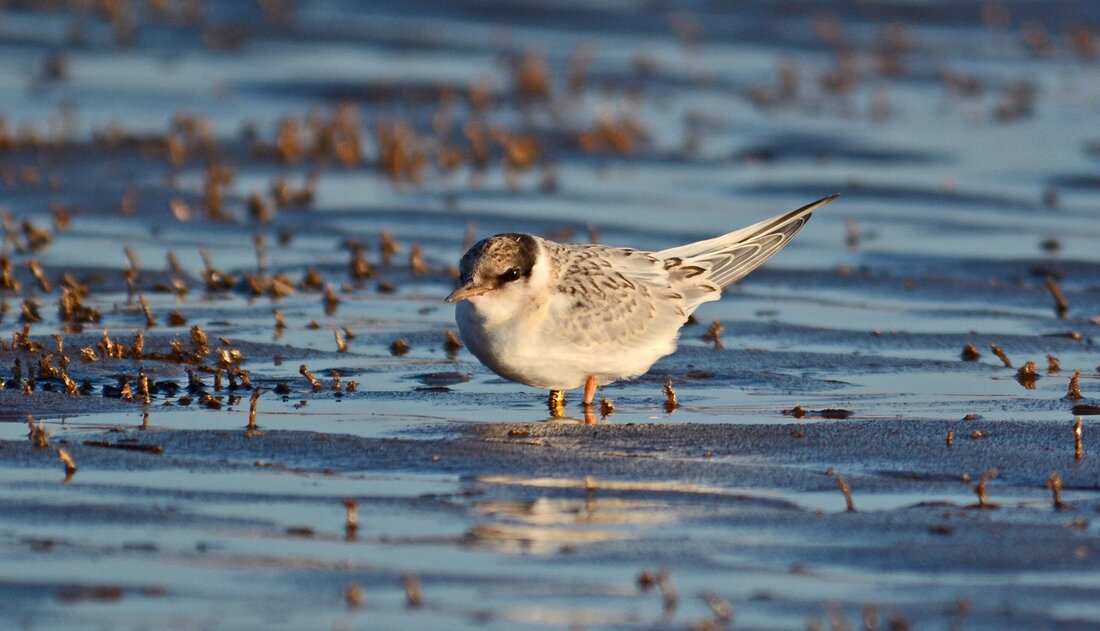
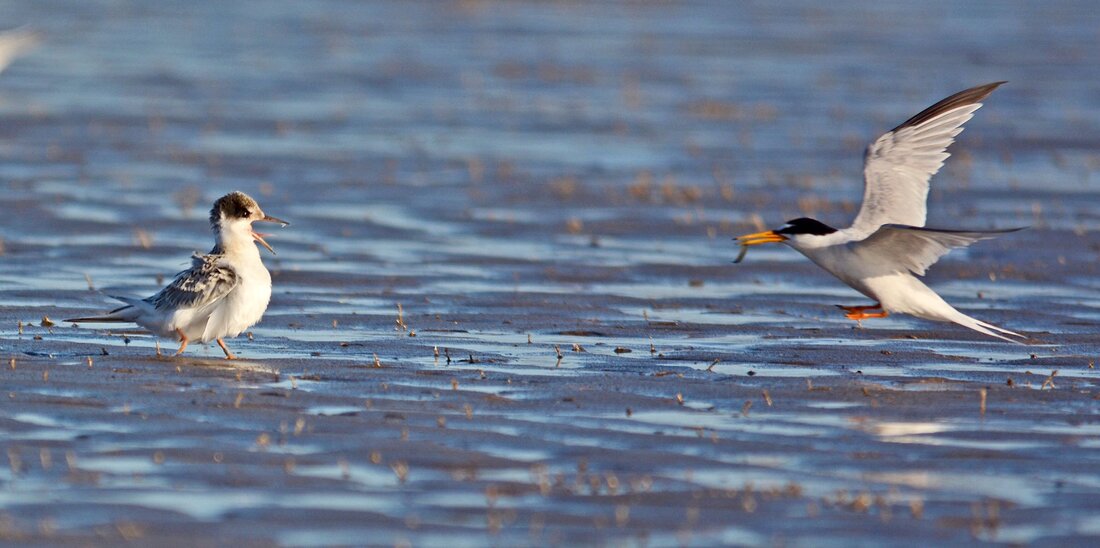
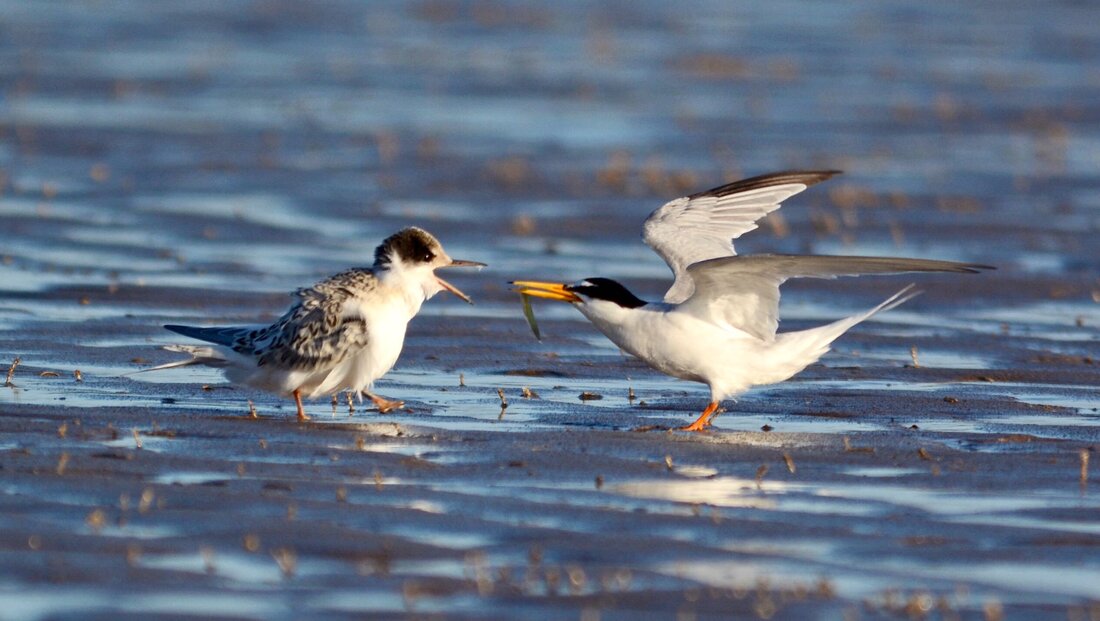
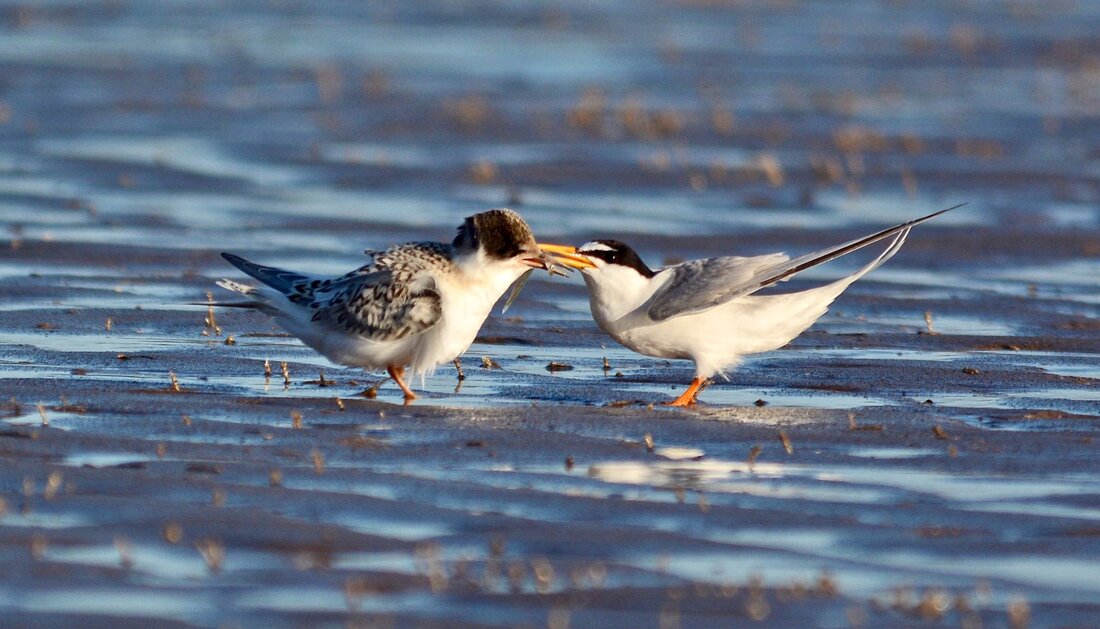
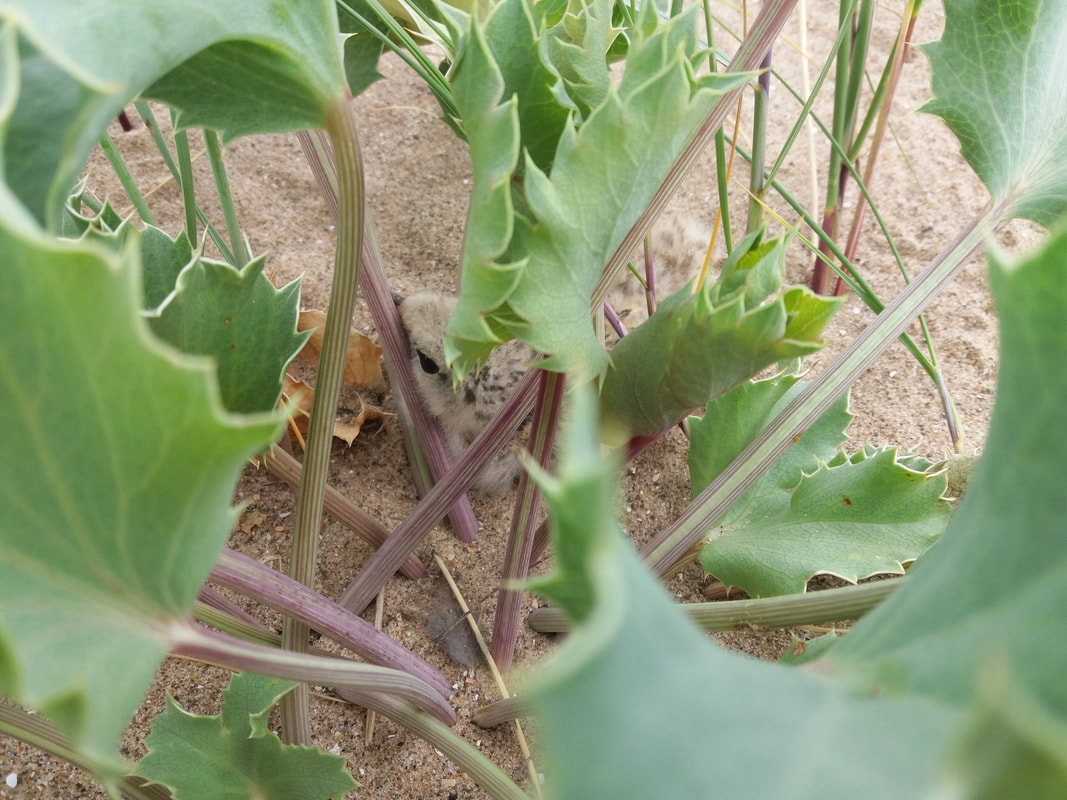
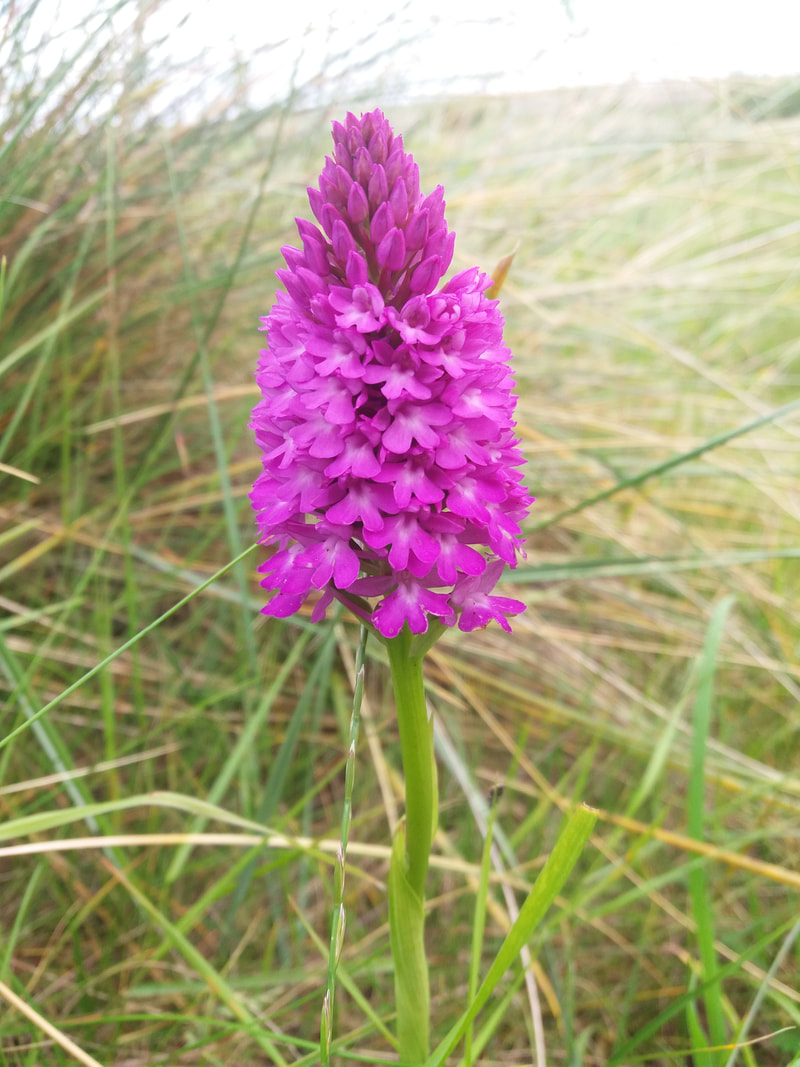
 RSS Feed
RSS Feed
